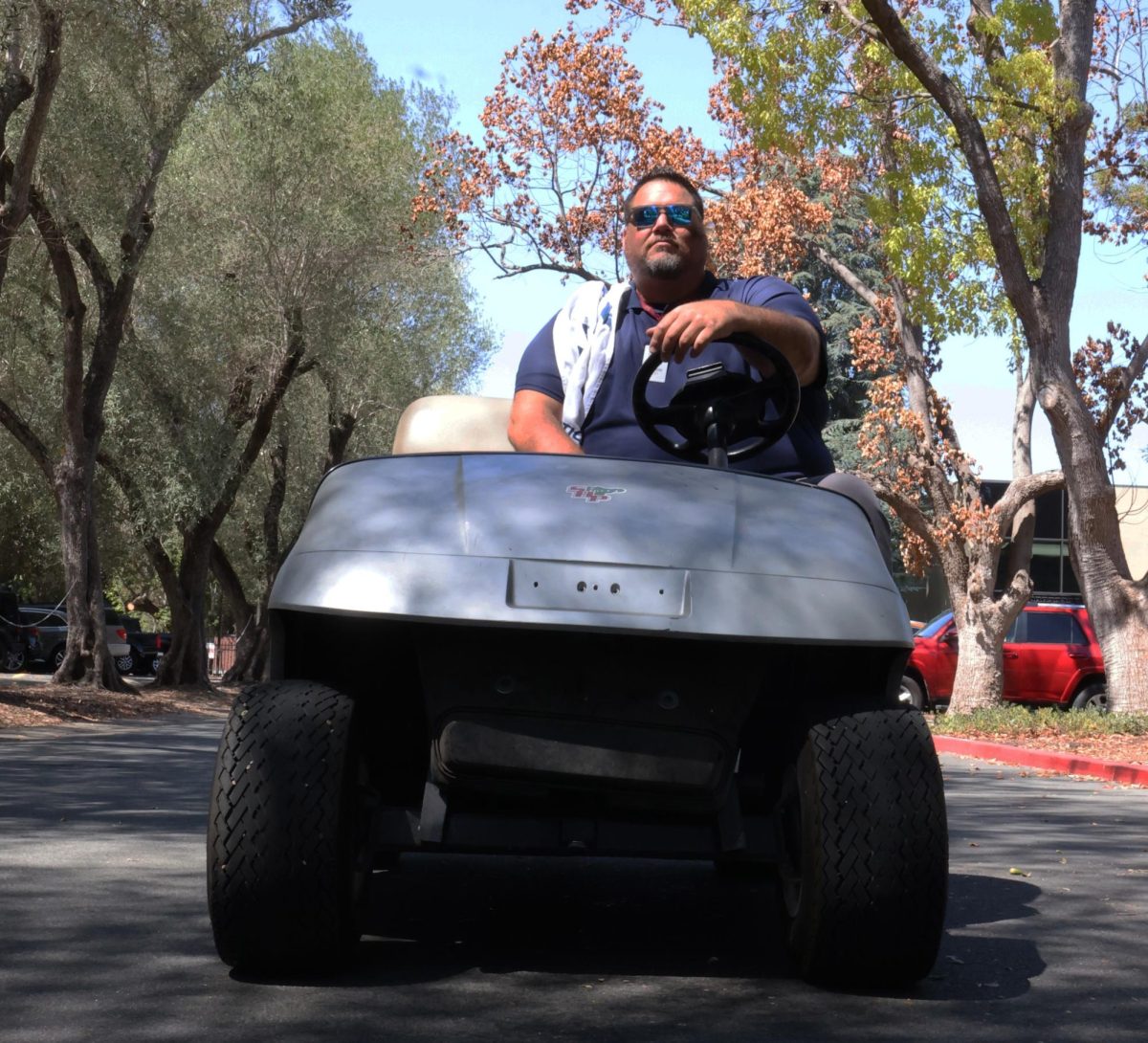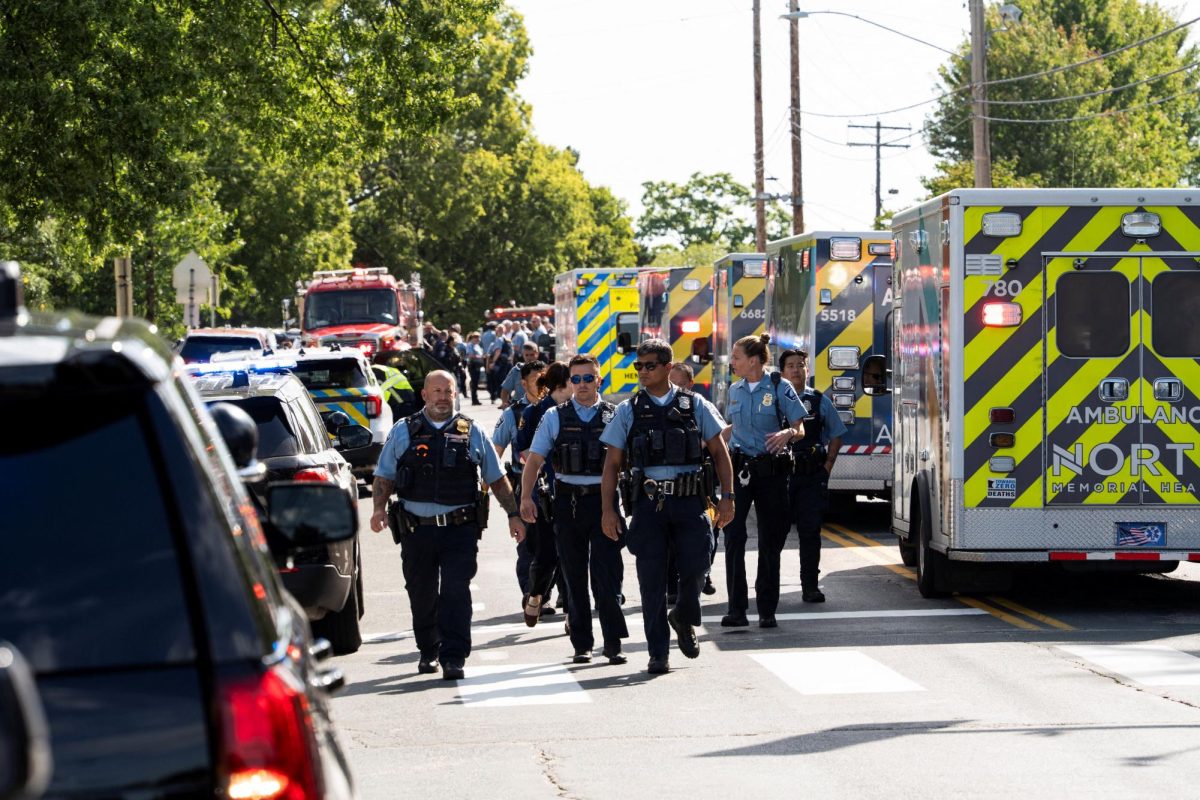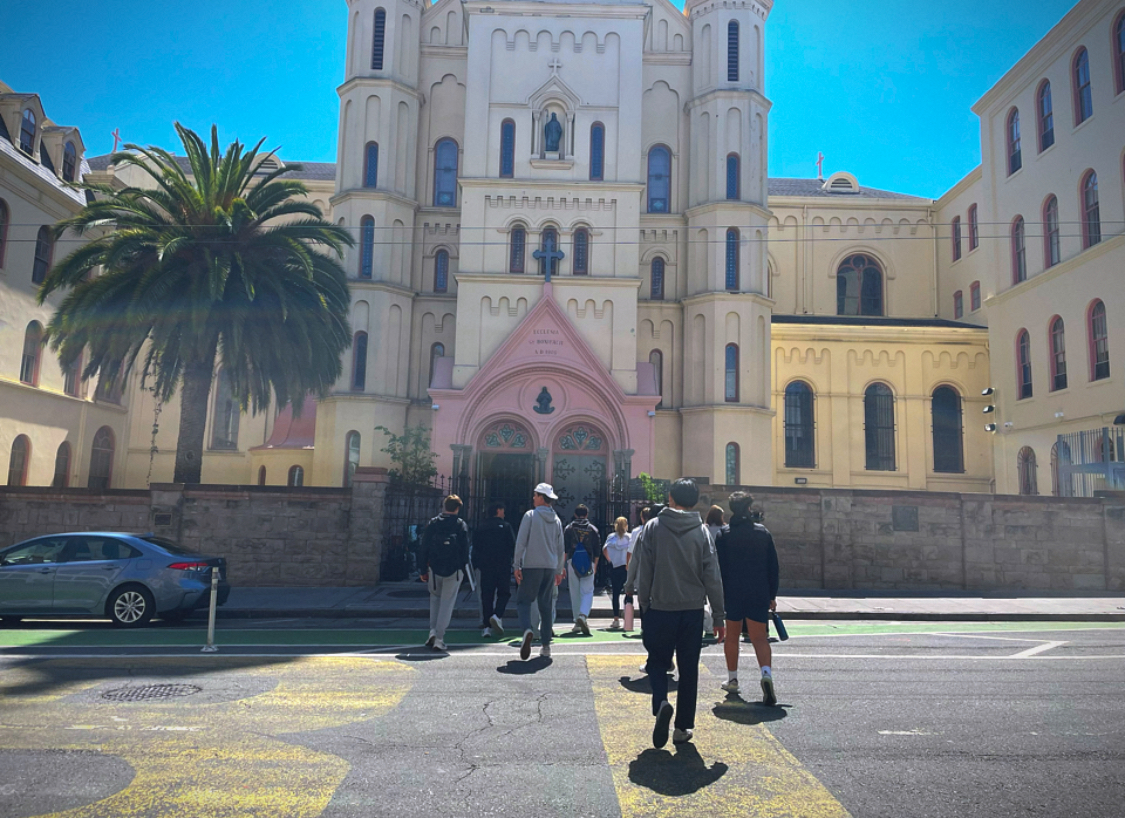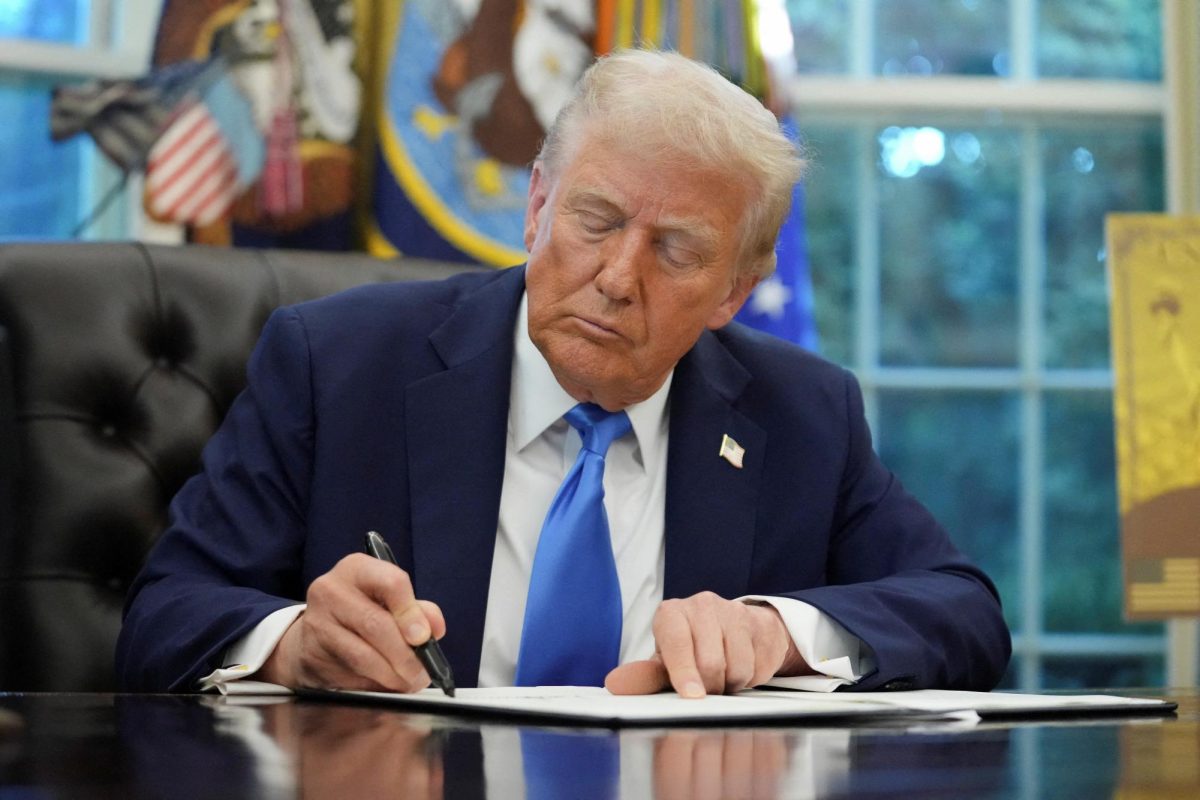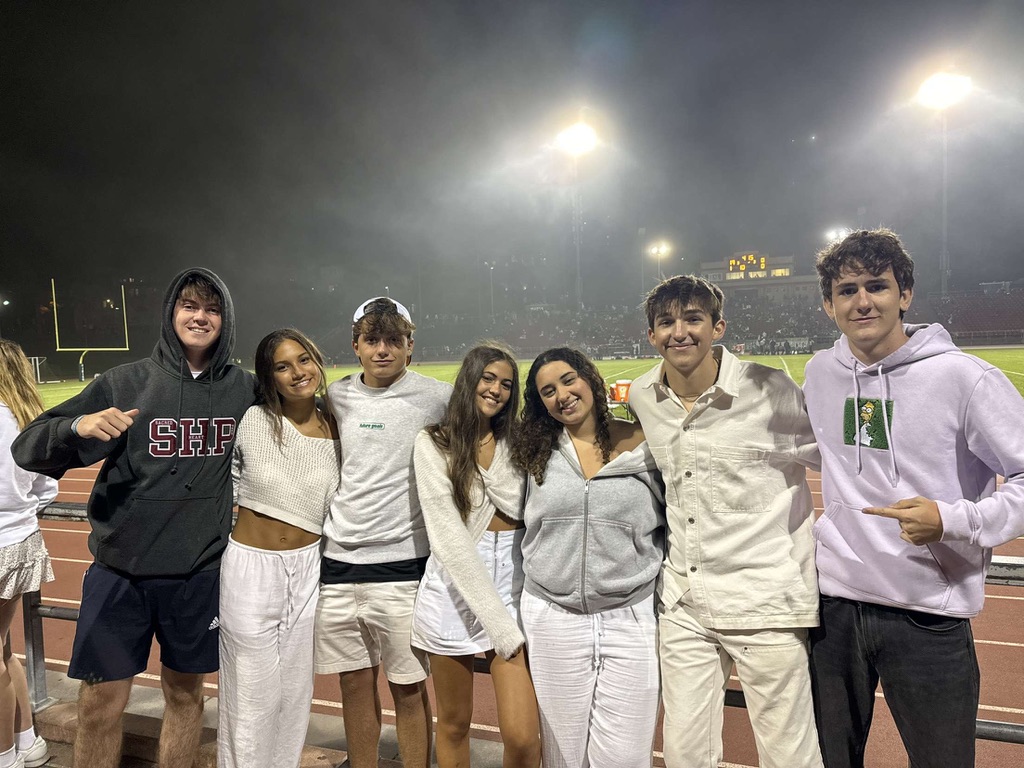A shooter opened fire on students and attendees during a mass held by Annunciation Catholic School in Minnesota, on August 27th. Gun threats from a former Menlo-Atherton student put both Menlo-Atherton and Carlmont into a secure campus safety precaution on September 10th. After receiving an anonymous tip from their “See something, say something” tip line, the Menlo-Atherton School administration contacted the Atherton Police and closed the campus. That same day, Turning Point co-founder, Charlie Kirk was assassinated at his “Prove Me Wrong” debate at Utah Valley University, and two students were shot at Evergreen High School in Colorado. In light of the recent school shootings, local school lockdowns, and the assassination of Charlie Kirk, campus safety at Sacred Heart Prep is more important than ever.
“[We were] asked this year to help reinvigorate some of our pre-Covid emergency preparedness,” stated Interim Principal Brian Bell. “Safety is everybody’s responsibility, students are the most important people we have to care for on campus.”
Sacred Heart’s renewed safety initiative is built on the San Mateo Big Five protocol, a five tiered response framework for unsafe situations: evacuation; shelter-in-place; drop, cover, and hold on; secure campus; and lockdown/barricade. Bell encourages Sacred Heart to treat each drill as an opportunity to build habits that students could “fall back to” during potential emergencies.
The safety initiative initially included the hiring of Rudy Granados, an experienced hostage negotiator and crisis responder, as the Safety and Security Manager who has since resigned. Granados described the purpose of the training, stating that “people panic in a crisis, but to have something to fall back on, some type of plan or training… makes it manageable and keeps people safer.” Before his departure, Granados had plans to develop training for both teachers and security faculty.
SHP faculty received training in August that included safety drills, medical protocol, and proper responses to situations outlined in the Big Five. SHP faculty learned how to use fire extinguishers, medical devices in first aid kits, and fire alarms. Jesus Ramos, Senior Honors Independent Study Coordinator & World Languages Teacher (Spanish), reflected that “we have to be prepared, and doing it over and over again will definitely help build the individual muscle memory and the collective muscle memory.”
Faculty were also provided access to an app called MyEOP, which provides rapid access to emergency contacts and instruction for any crisis. Alongside this app, the school administration has implemented the Bright Arrow Notification System, which is capable of sending an email, text, call, and voicemail in multiple languages to students, parents, and faculty alike. The deans and administration have also implemented a Walkie-Talkie Network, allowing for cross campus and even school communication with Menlo-Atherton High School in the event of a cell network failure.
Granados also began training security, teaching them how to operate Automated External Defibrillators (devices that can analyze and restore a person’s heartbeat), use tourniquets, apply QuikClot agents, and even treat sports injuries. Additionally, Granados equipped security bikes with emergency medical supplies.
The Sacred Heart administration has also reinforced its closed-campus policy, ensuring students remain under supervision throughout the school day unless there is communication from a parent or guardian. Bell noted, “[The school] is responsible for your safety… your parents believe that once your school day starts, we’re responsible for your whereabouts throughout the day [both] off campus and on campus.”
Student access to their vehicles and premature campus departures have been restricted. Students are no longer allowed to return to their cars during the day. Palmer Avery ‘26 dislikes the parking lot reforms saying, “the reforms are unwanted and unneeded because they don’t detract from the safety of the students.” Despite these claims that the policy is excessive, administration and the deans insist that this policy is a necessary preventative measure, even patrolling the parking lot during school hours. “Worst case scenario, [a student] has something in their car they’re not brave enough to keep in their locker or in their backpack,” Bell elaborated. “It is the carelessness and indiscretion of a few that might affect the many.”
As tragic headlines in schools continue to fill news stories across the nation, Sacred Heart hopes to continue developing its safety procedure to protect SHP students and faculty. Bell emphasized that although threats might seem distant, preparedness is vital. “The tragedy [in] Minnesota, with the Annunciation Catholic school, just happened. Could something like that happen here? It could. We hope it’s less than likely, but it’s [about] mitigating the risk.” Bell continued, “we want people to be prepared, not scared.”


